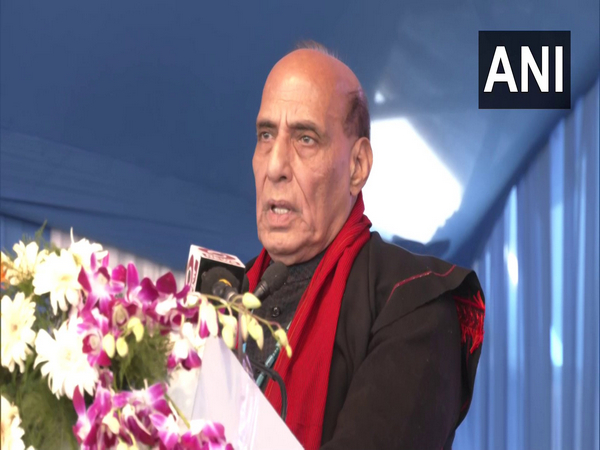Aanya Rao, a 12th pass-out from Noida, says the lady officers who briefed the world about Operation Sindoor have inspired Indian girls to don uniform. Her views:
The day I saw the images of Colonel Sofiya Qureshi and Wing Commander Vyomika Singh flashing across every Indian news channel, something inside me changed. I had always admired the uniform, the discipline, and the courage it represented — but until that moment, the dream of joining the Indian Armed Forces felt distant. That morning, however, my dream found a face, and a future.
As a 17-year-old girl from Noida, I’ve grown up in a fast-paced city full of ambition, but when it came to career choices for girls, most people still leaned towards medicine, engineering, or business. The Army? That was usually “too tough” or “meant only for boys.” But when I saw Col Sofiya leading a multinational medical team and Wg Cdr Vyomika commanding the skies, something clicked inside me. These weren’t just stories of success — they were milestones for every Indian girl with a fire in her heart and service in her soul.
Watching them stand tall in their uniforms, with confidence in their eyes and pride in their voice, I felt a connection. They looked like us — educated, ambitious, Indian women who chose courage over comfort. They didn’t just make headlines; they made history. They proved that women are not only part of the Armed Forces — they can lead, inspire, and protect with unmatched strength.
That morning, I remember sitting at the breakfast table, staring at the TV, my books still open in front of me. My parents noticed my silence. I looked at them and said, “I want to be like her.” At first, they were surprised — not because I had dreams, but because for the first time, they saw me believe in them so strongly. Col Sofiya and Wg Cdr Vyomika weren’t just in the news — they were in my heart, lighting the path I now wanted to walk.
ALSO READ: ‘My Chest Swelled With Pride To See Col Sofiya On Dias’
Since then, I’ve started preparing seriously — jogging every morning in the park near my Sector-62 home, watching videos on SSB interviews, and reading about the life of officers. The NDA route is tough, and being a girl from a civilian background makes it more challenging, but I’m not afraid. If they could do it, so can I — and so can thousands of girls like me from cities like Noida and beyond.
These two women didn’t ask for special treatment. They earned their place with hard work and determination. That’s what makes them my heroes. They wore the uniform not for show, but with purpose. And that’s exactly how I want to wear mine — with pride, duty, and honour.
Yes, I’m just a 12th pass-out girl from Noida. But I’m also someone who saw two fearless women lead from the front — and from that moment on, I knew I wasn’t just chasing a dream anymore.That’s the magic of inspiration — it turns a quiet dream into a plan, and a plan into purpose.
As told to Deepti Sharma







